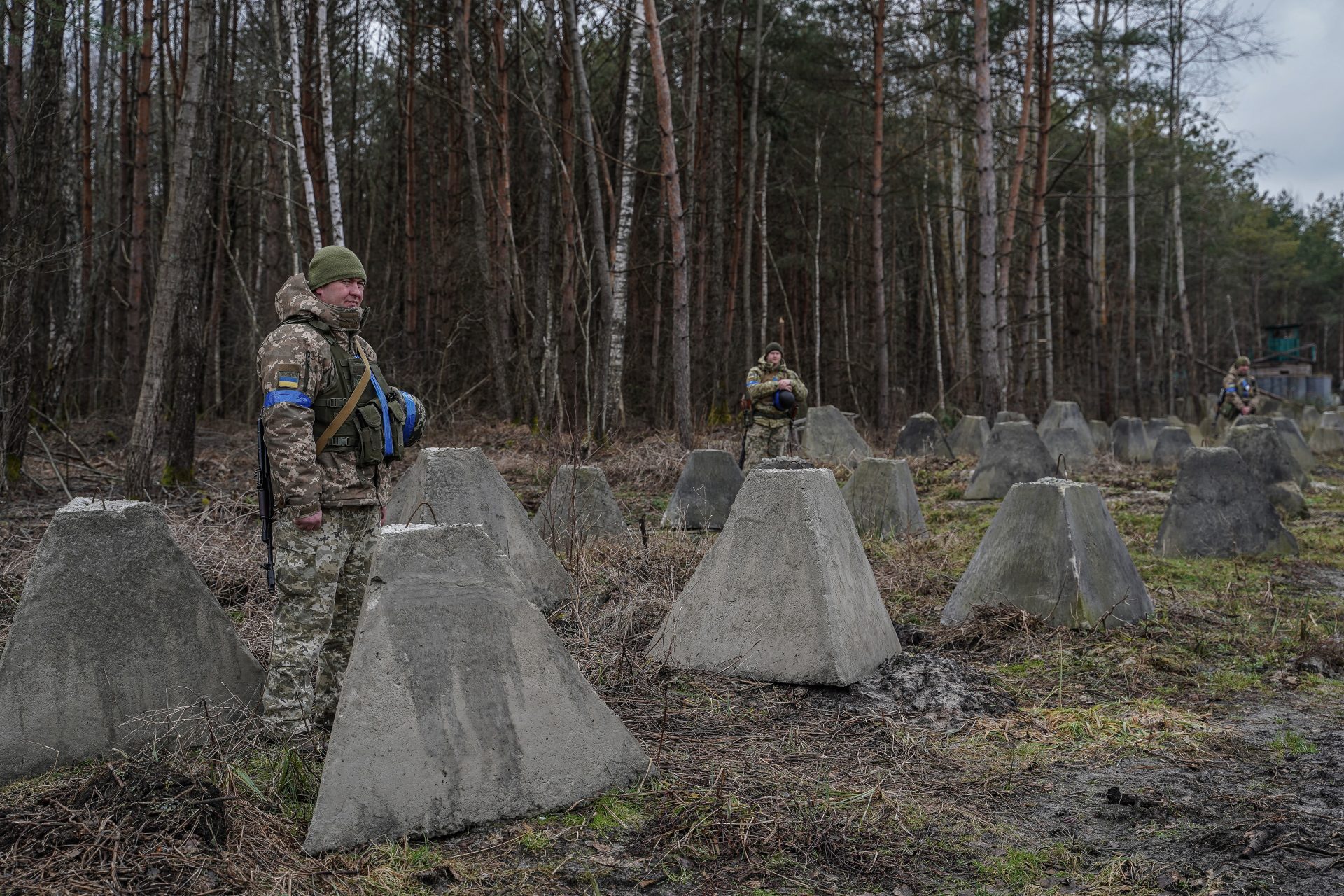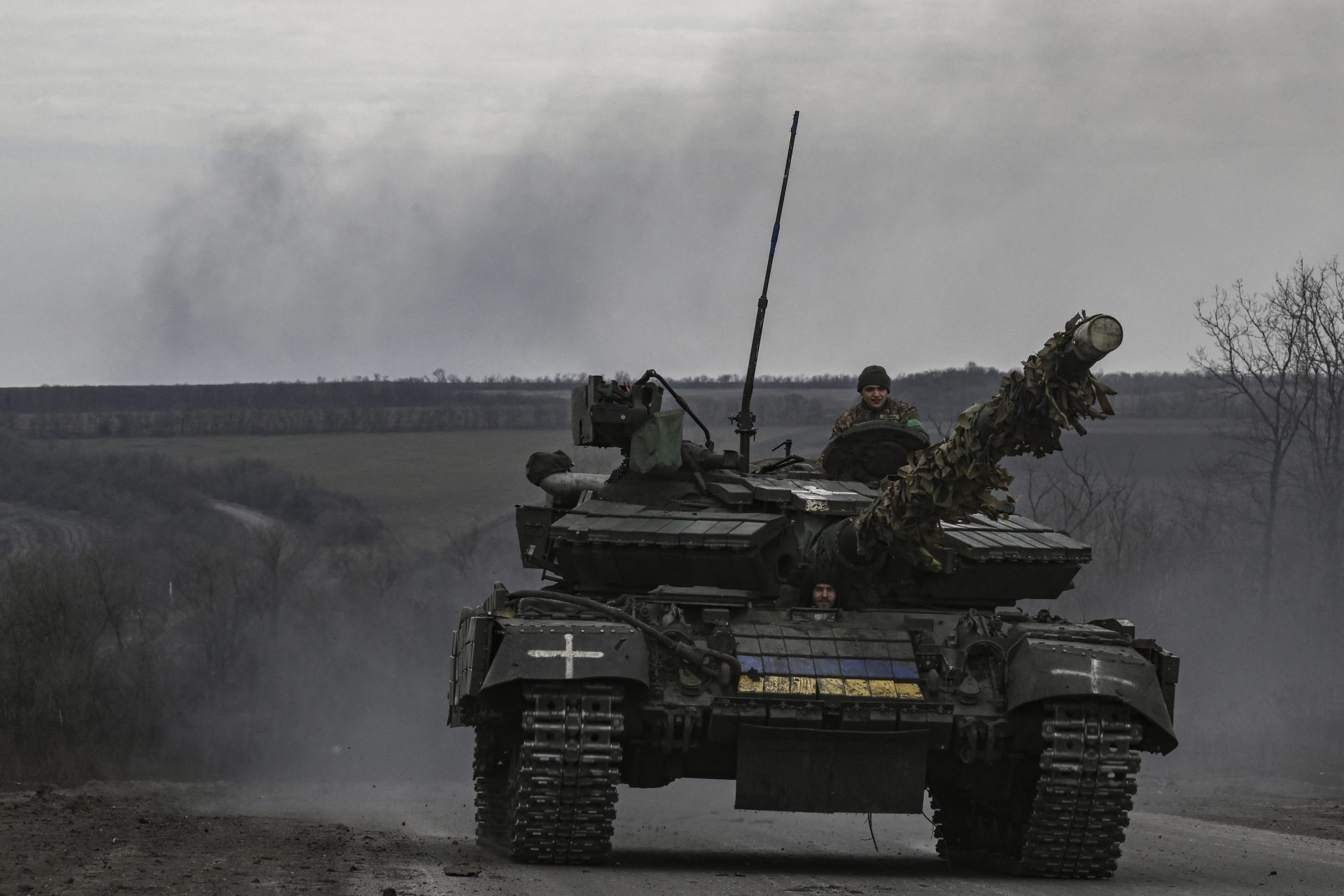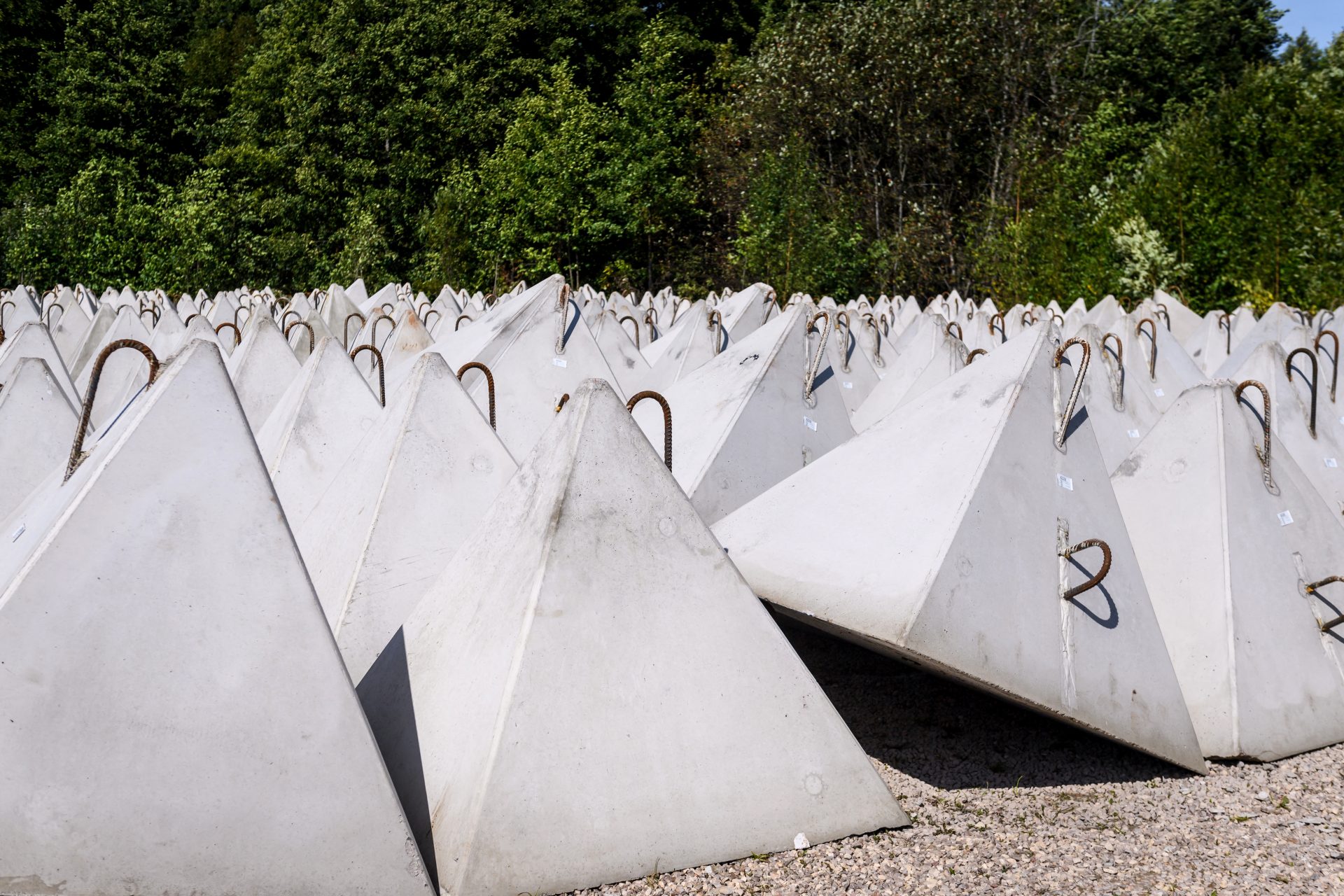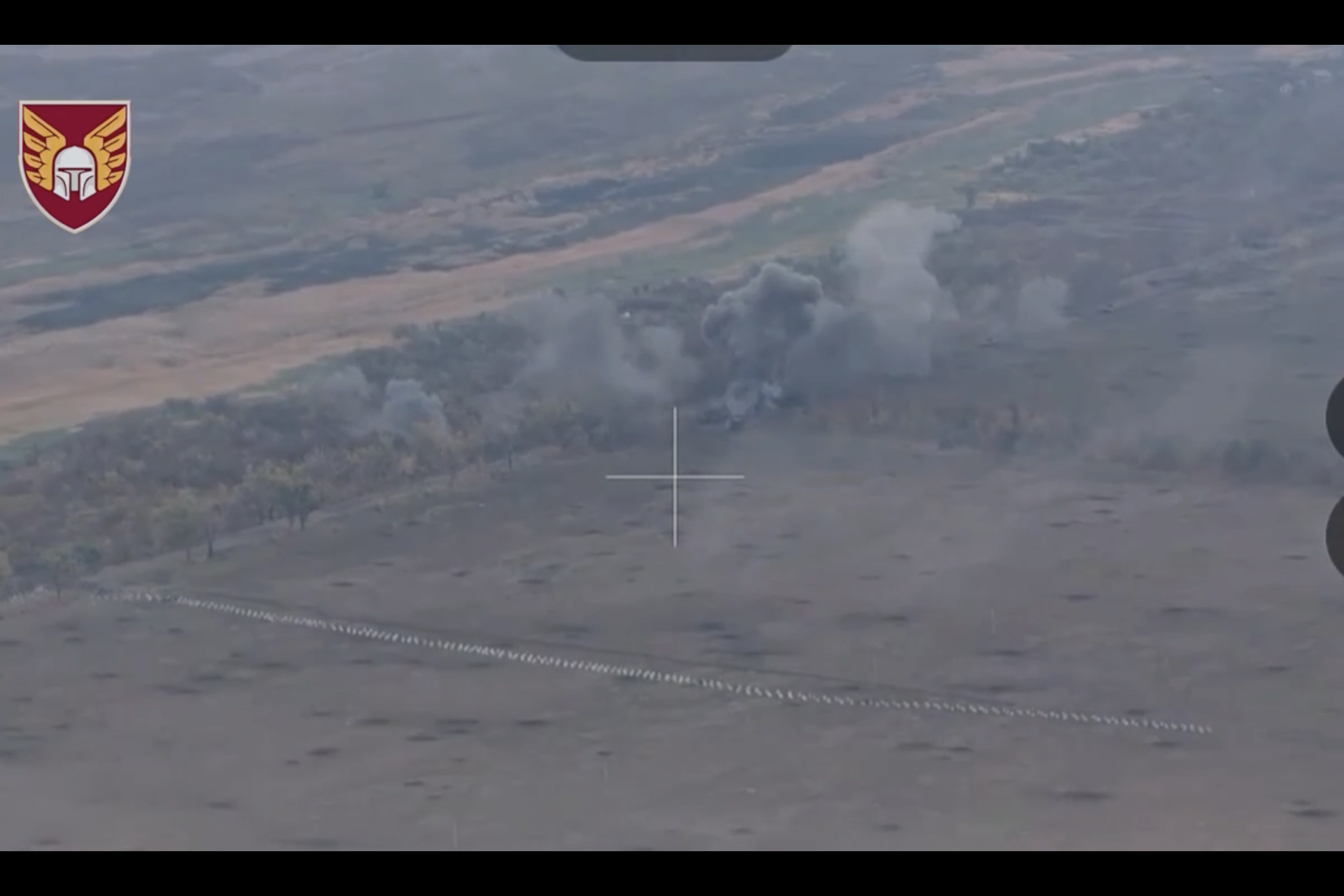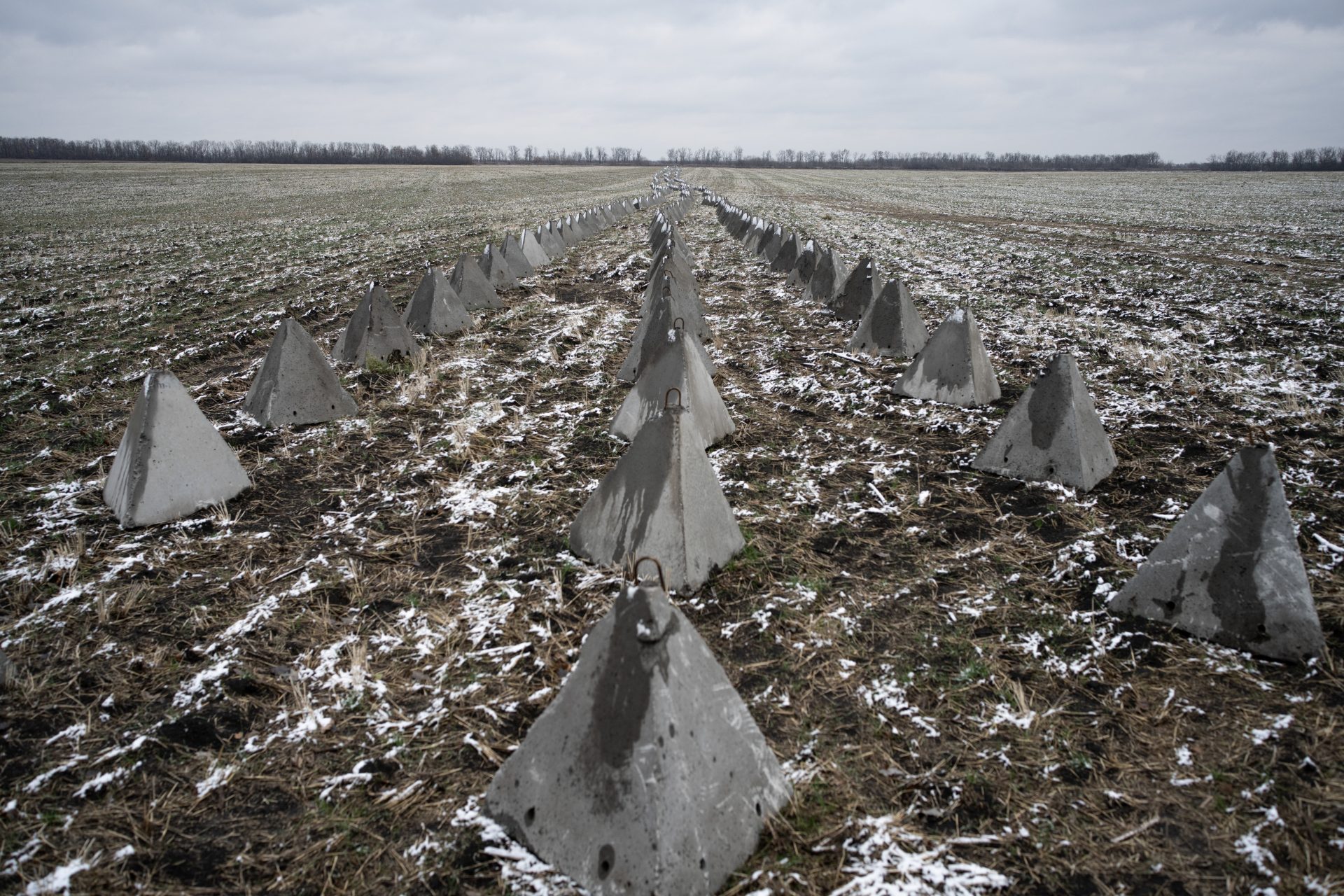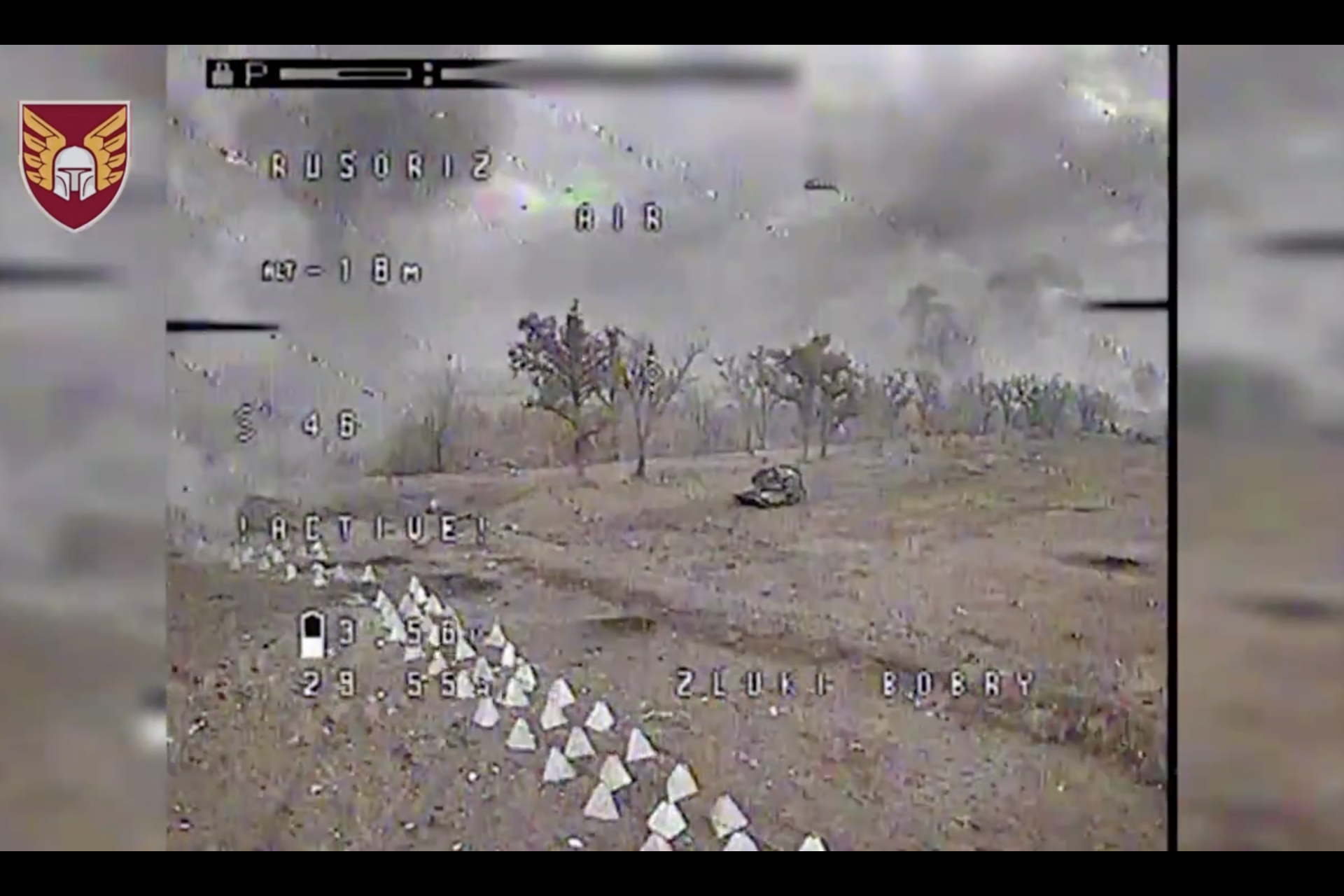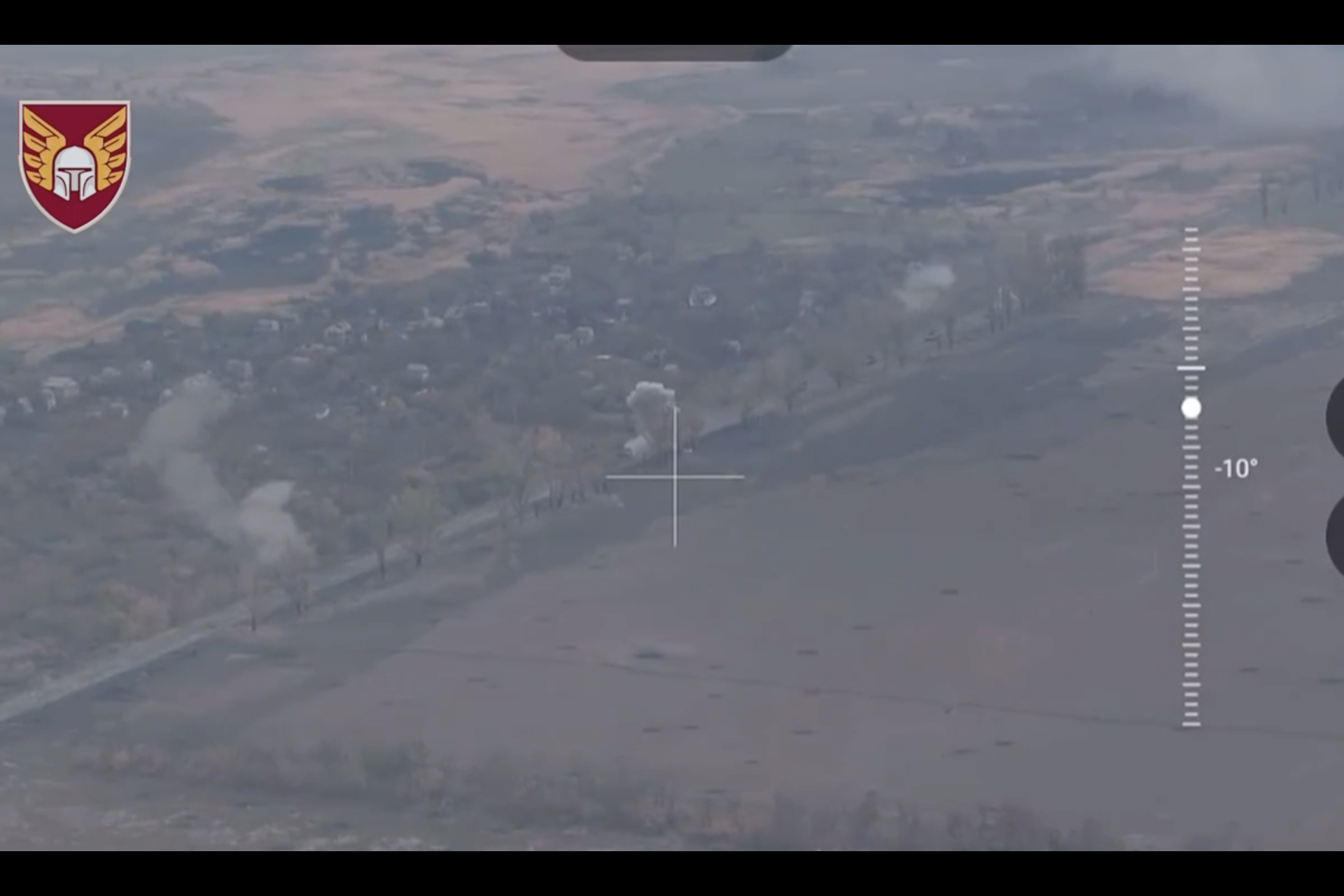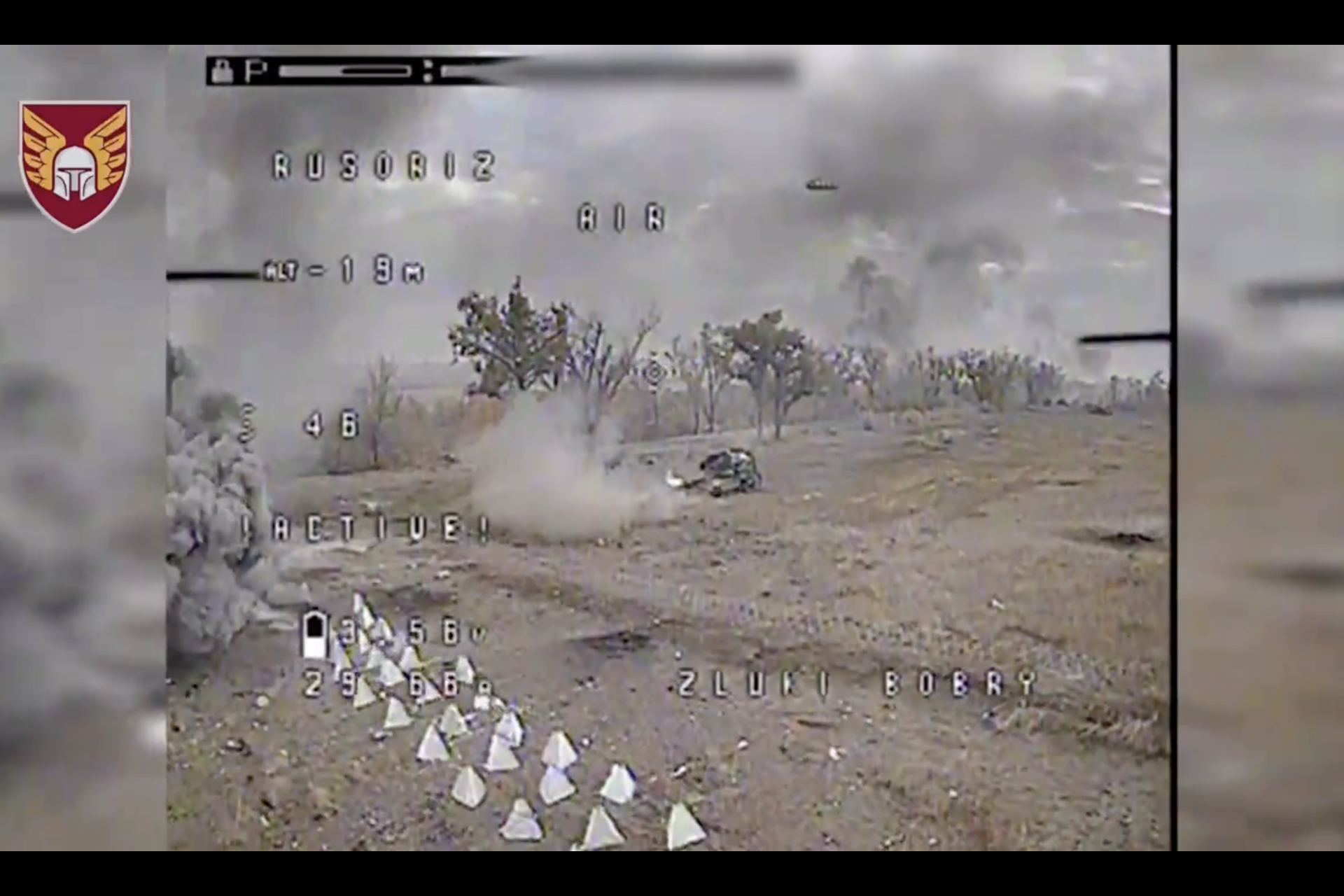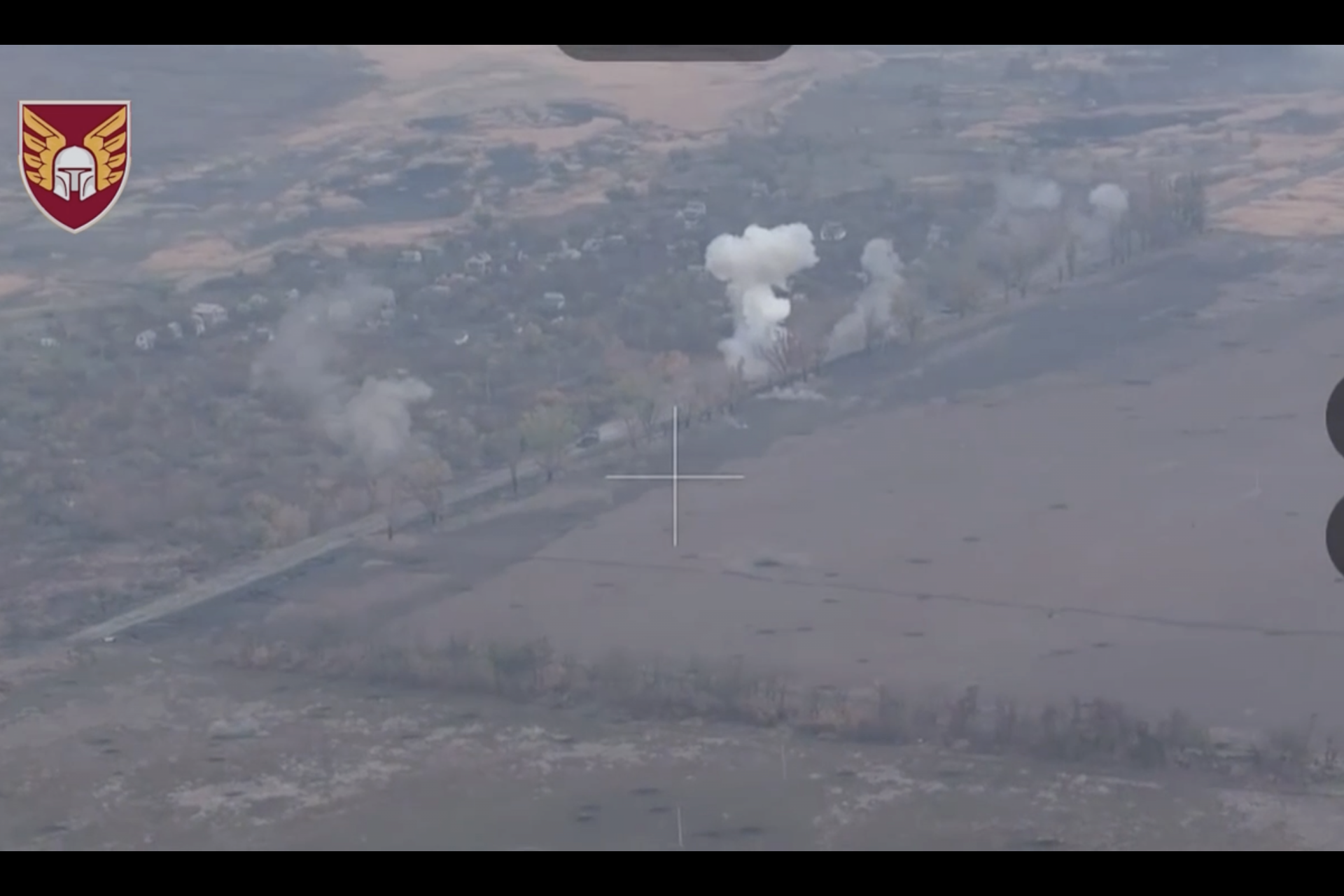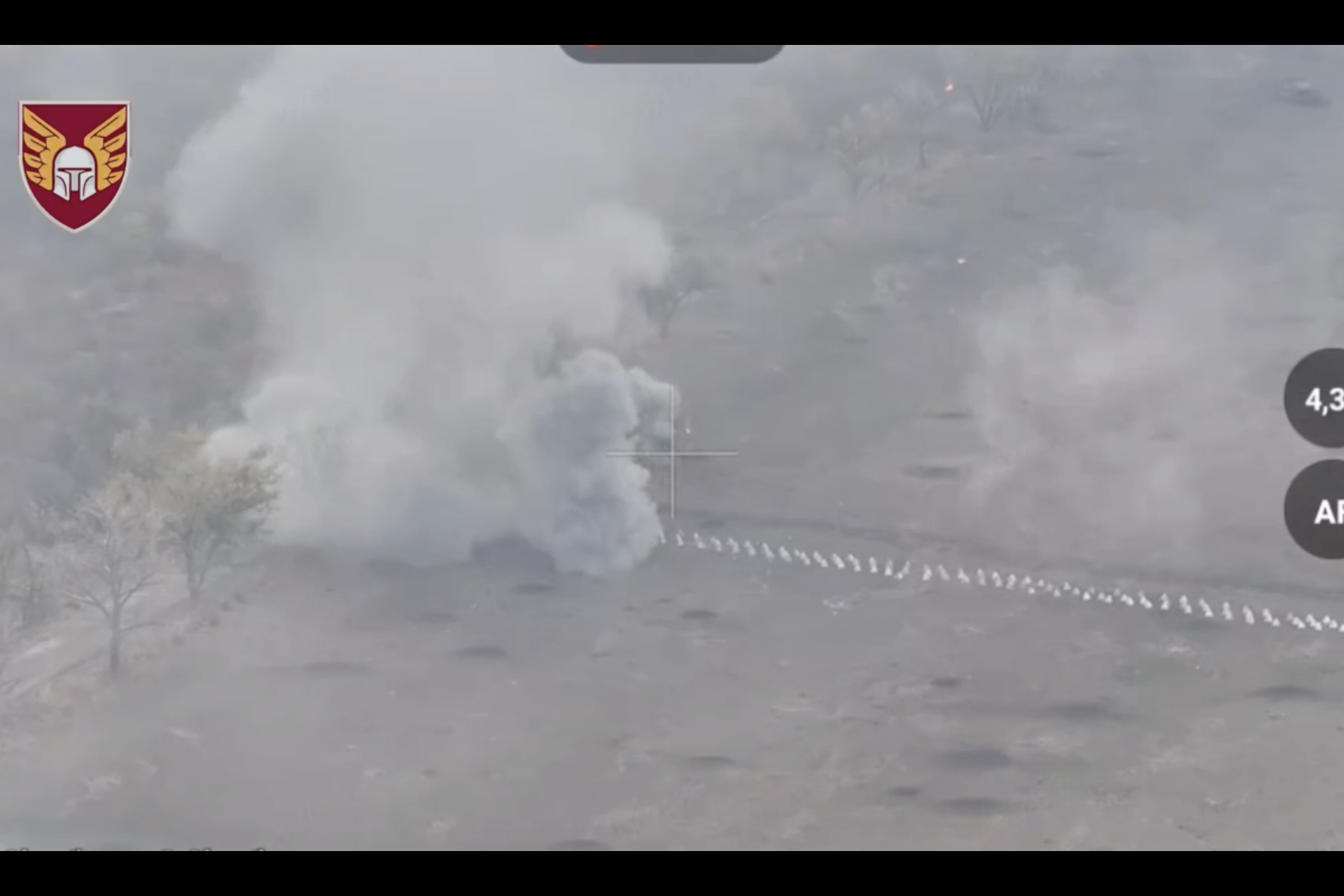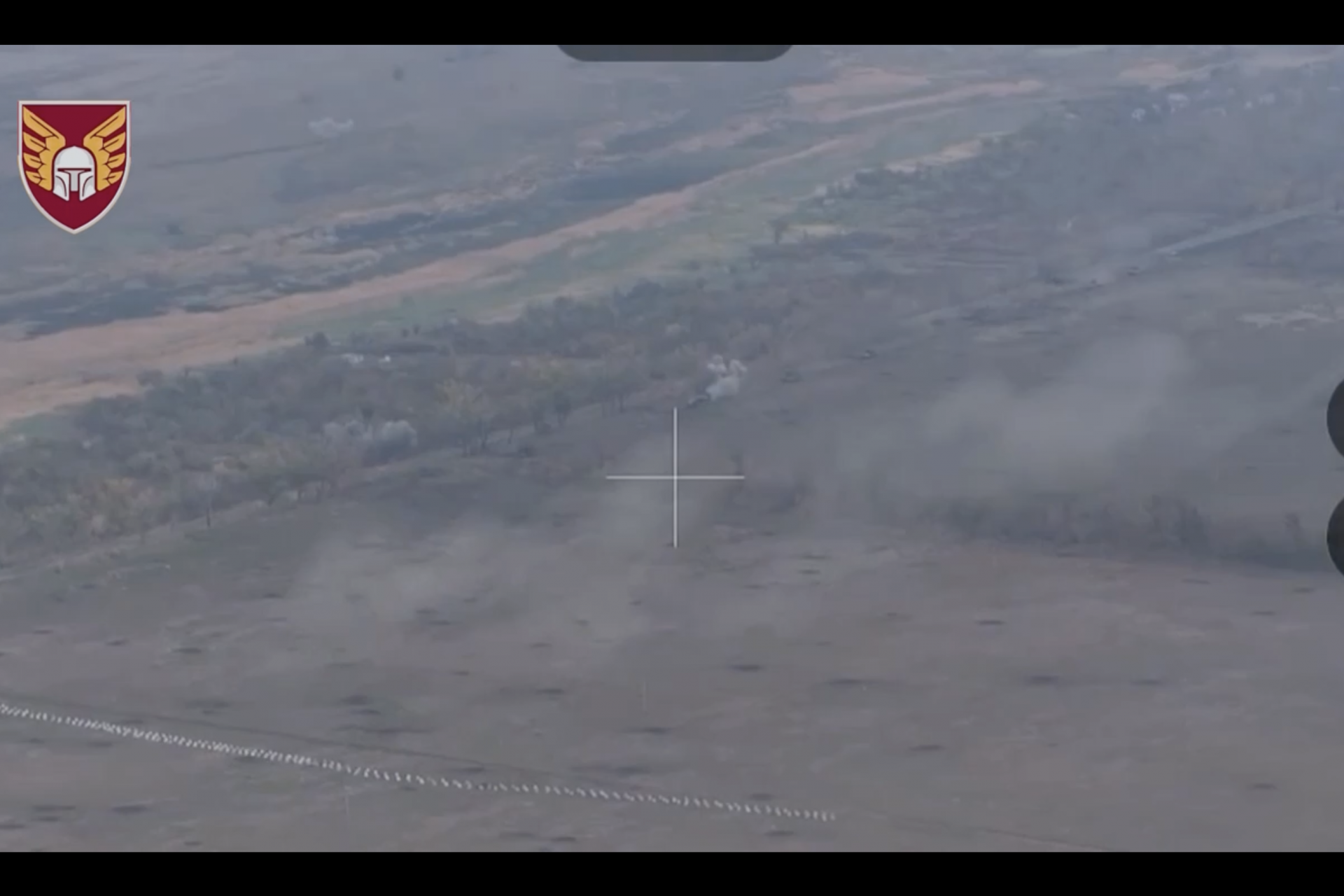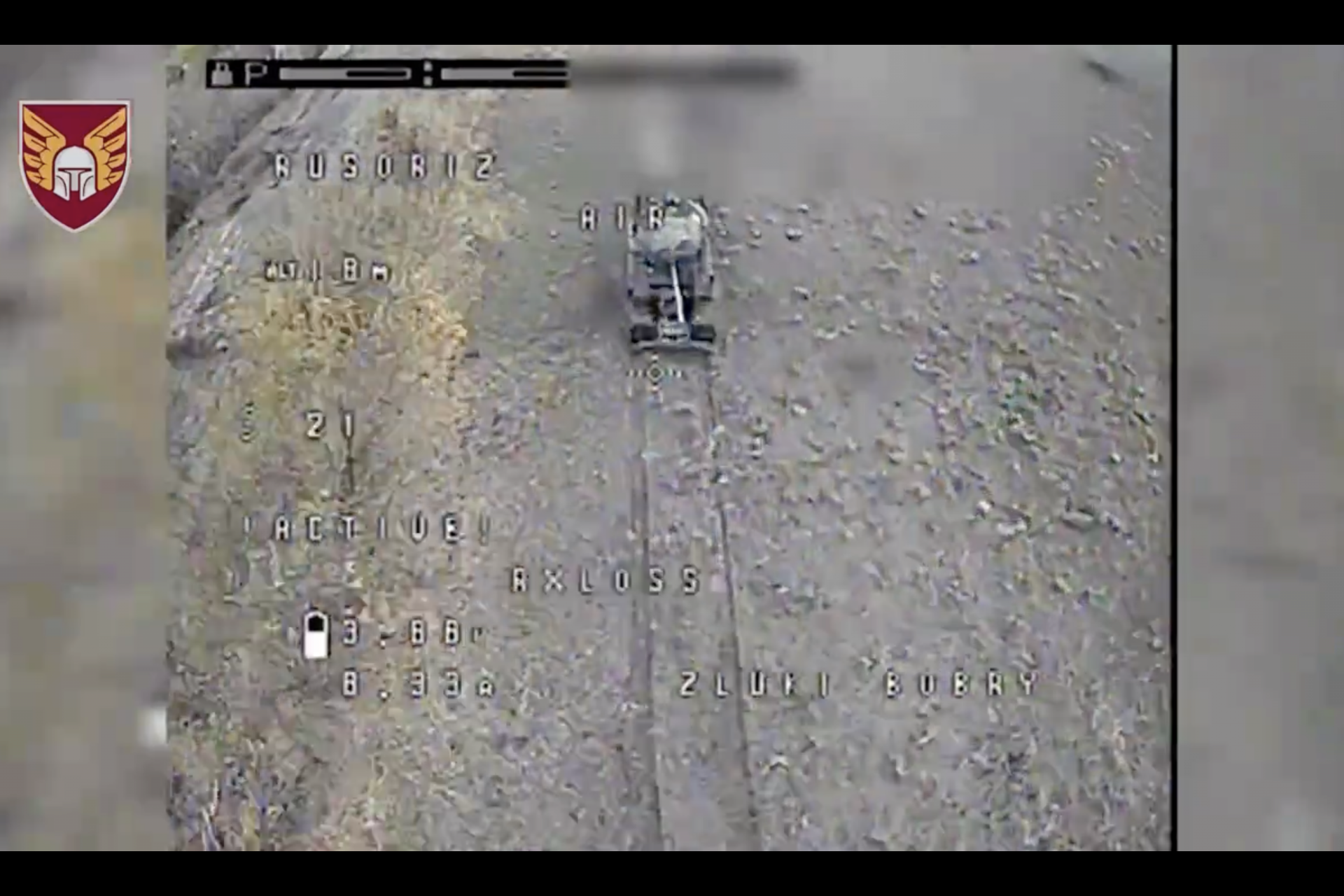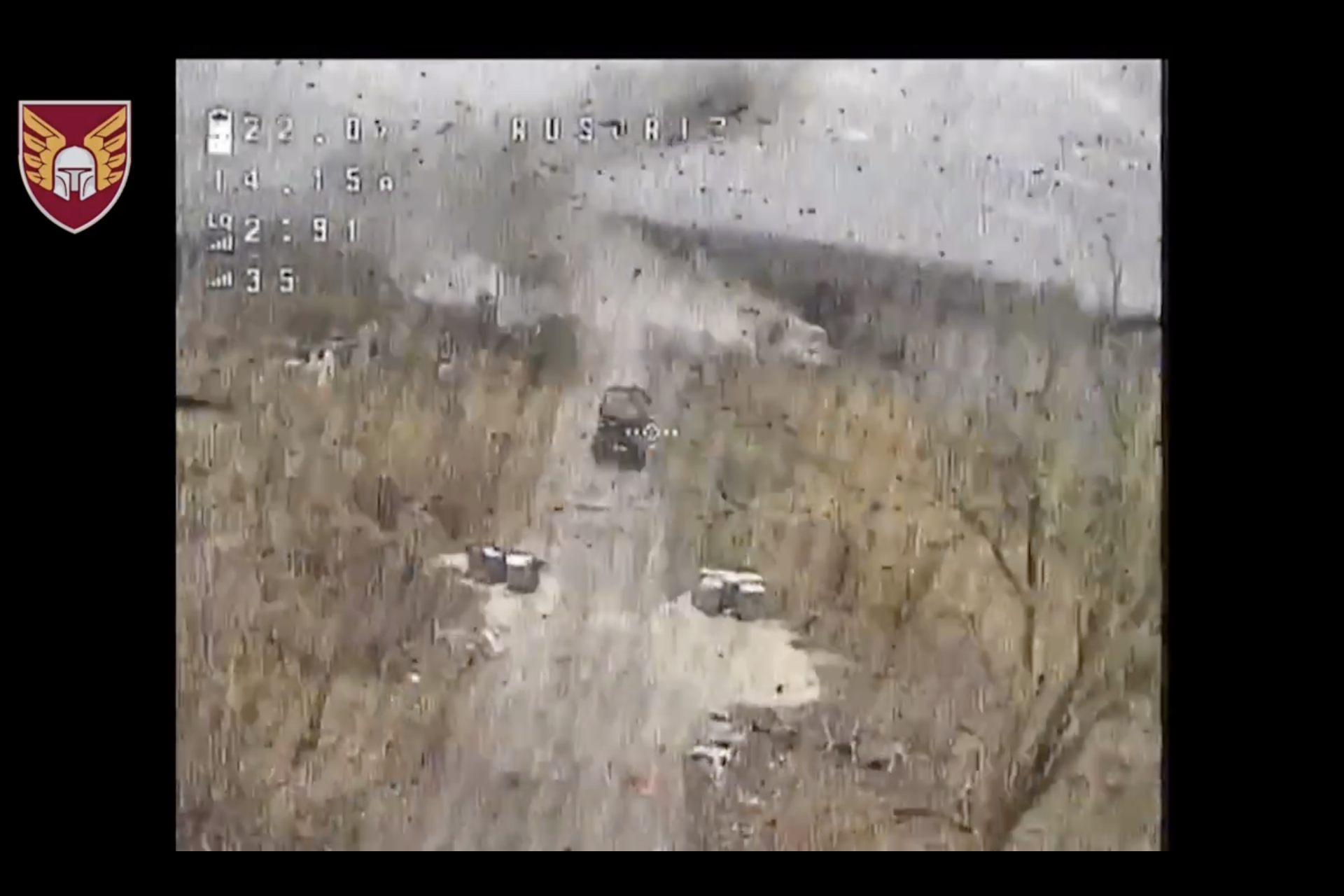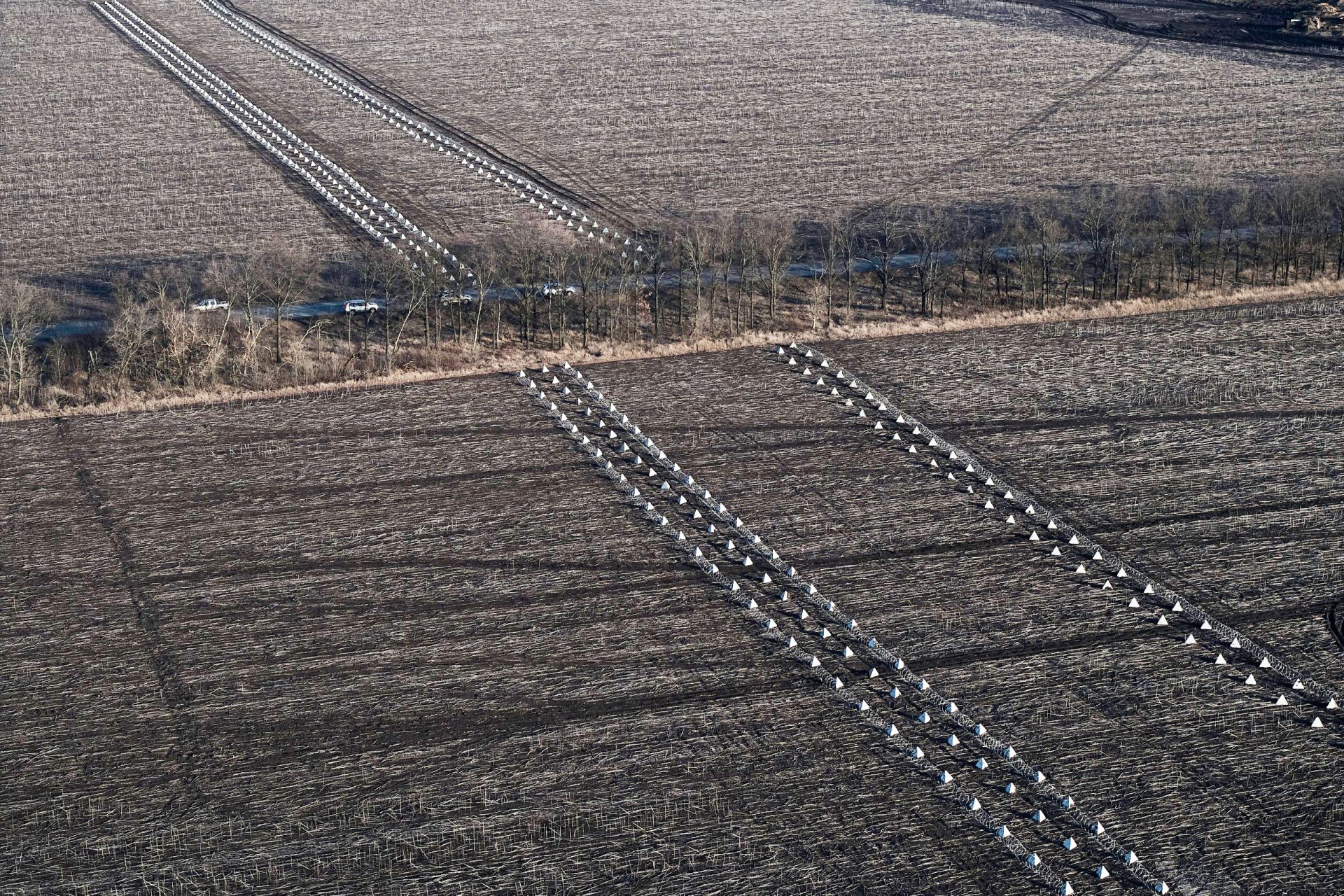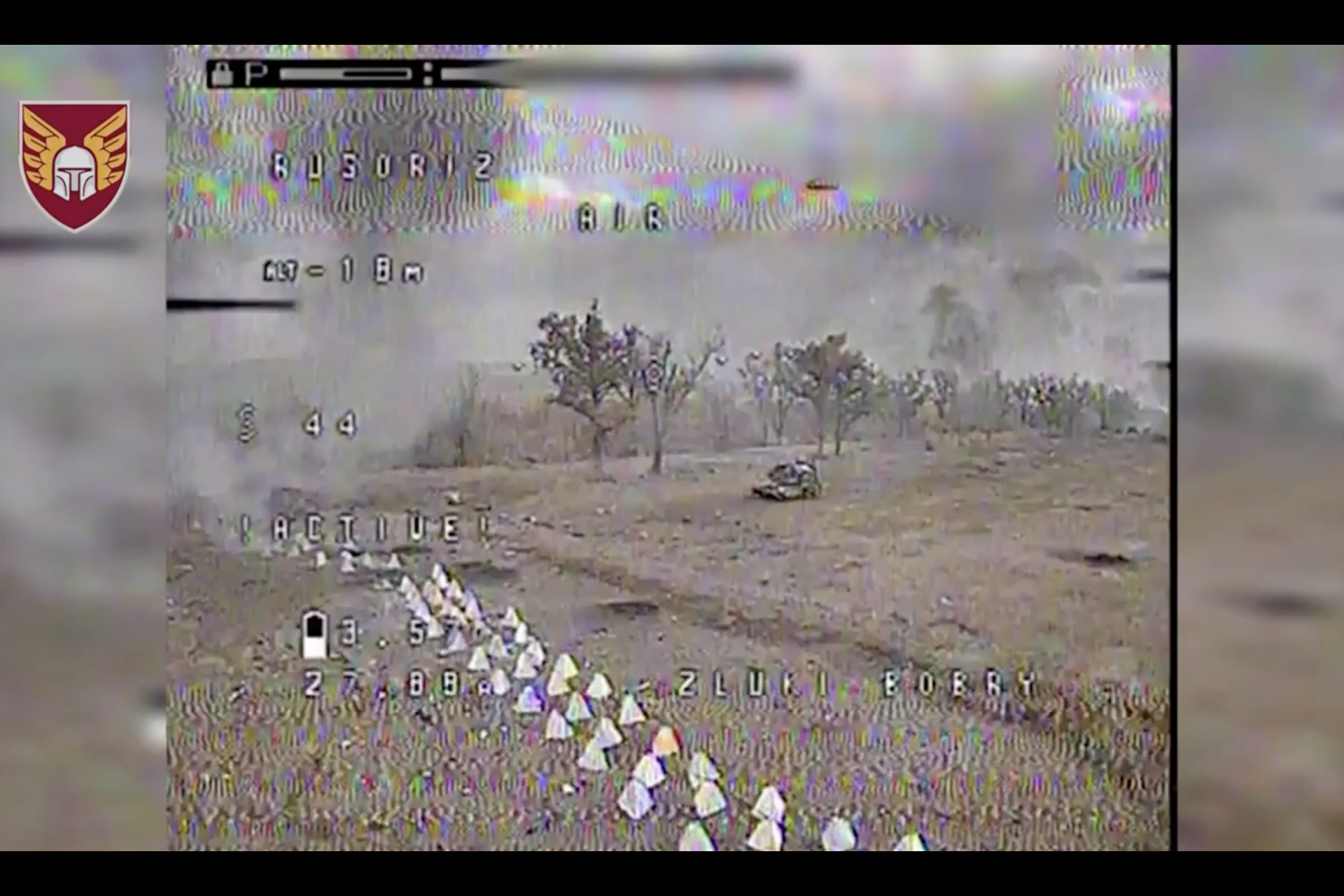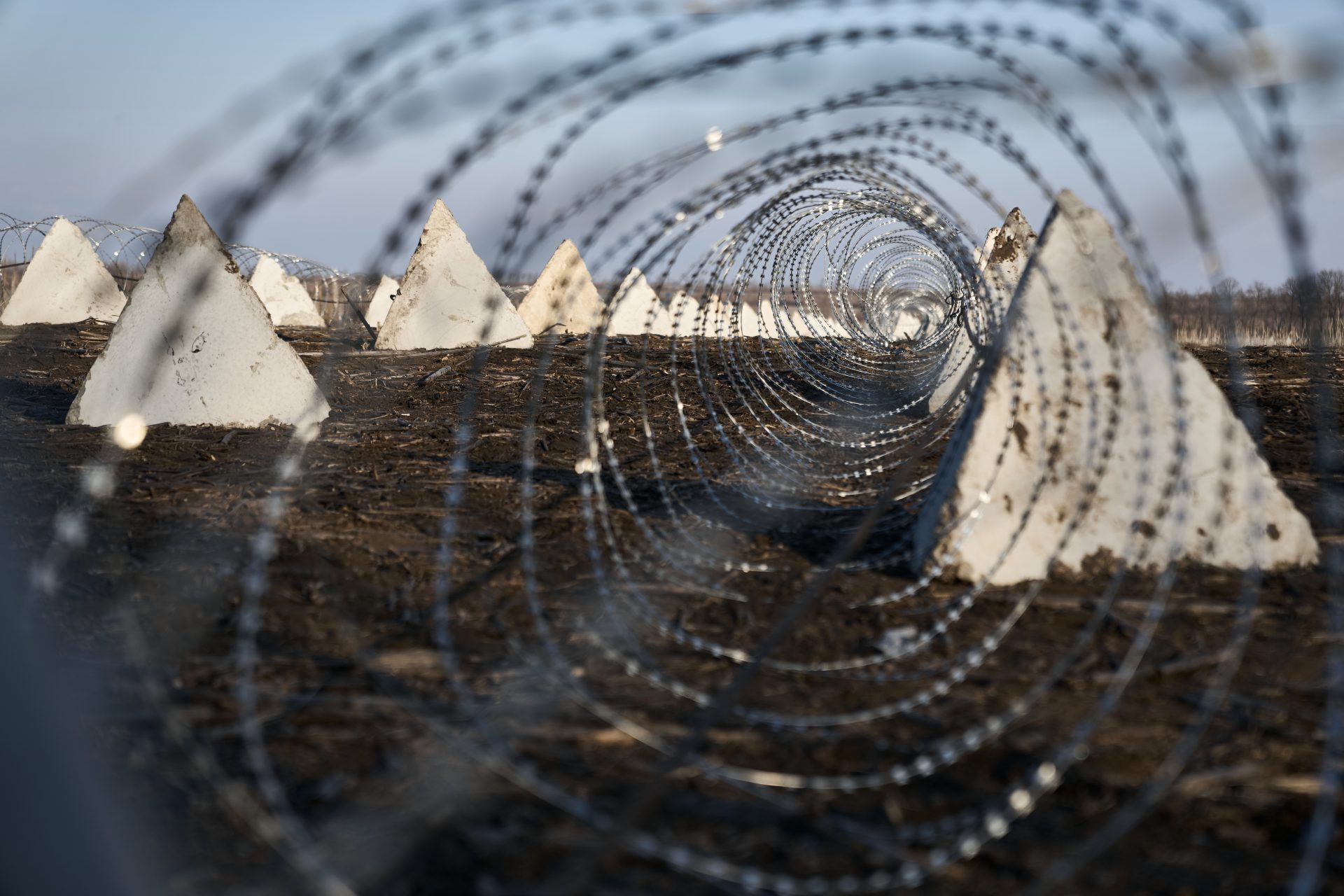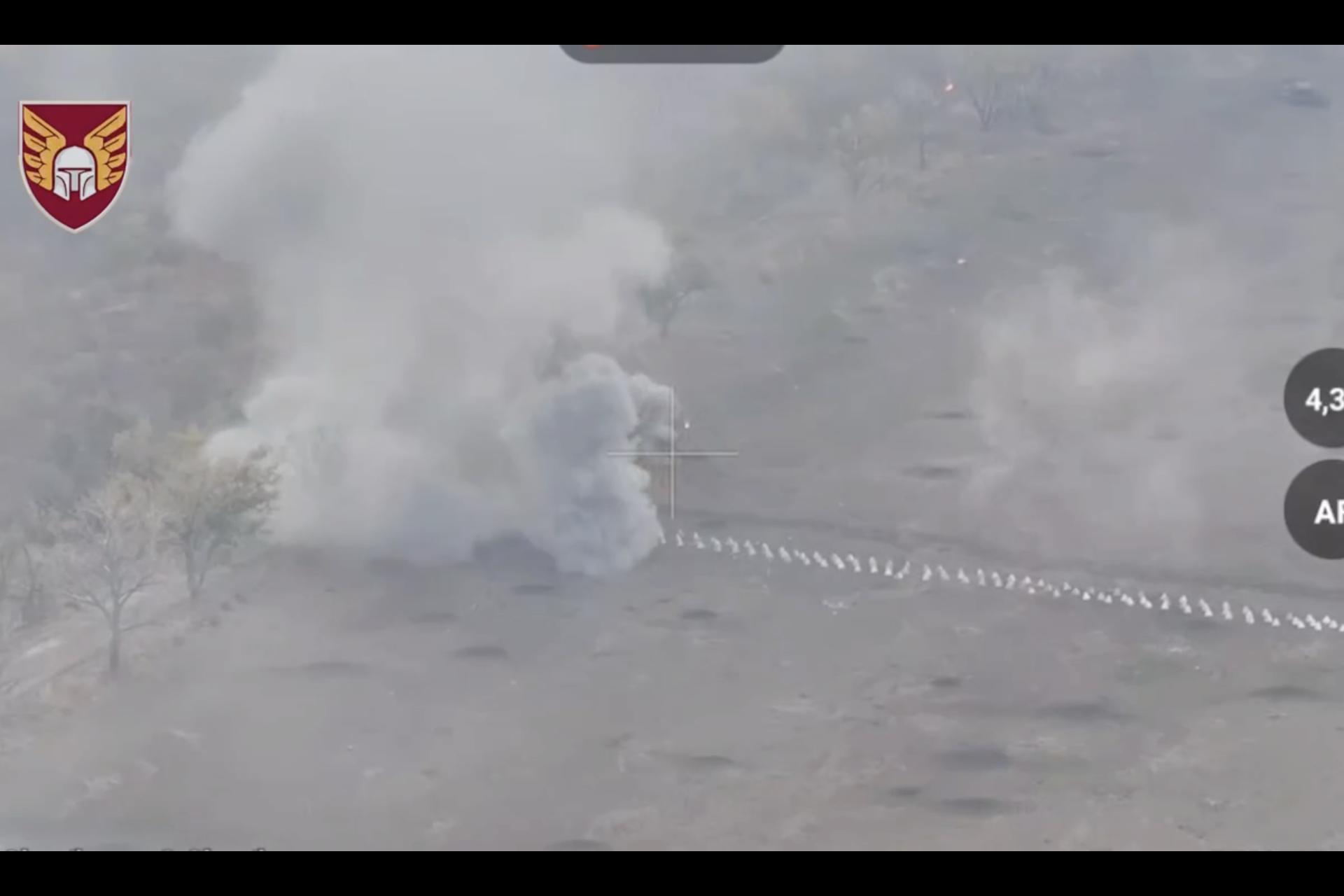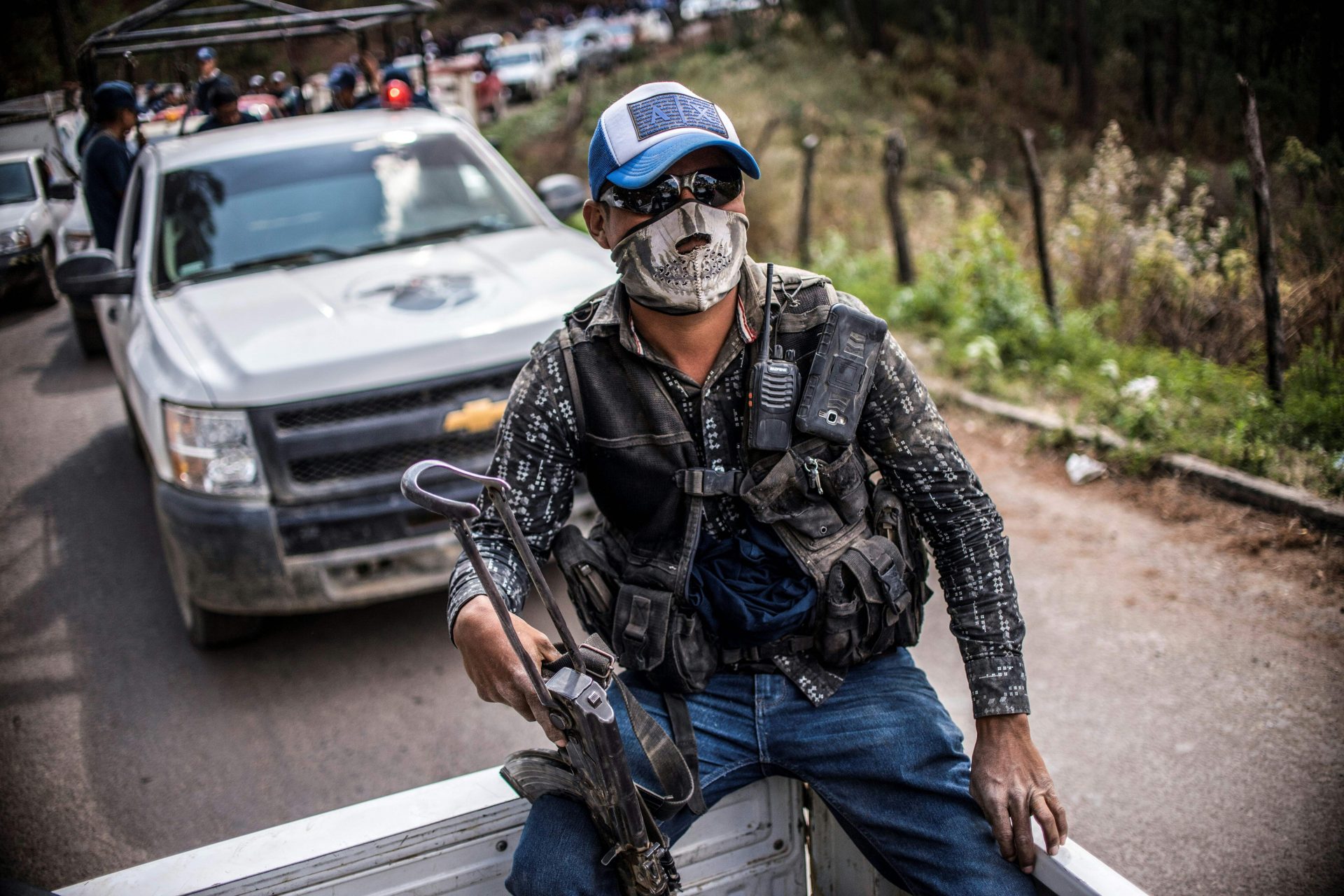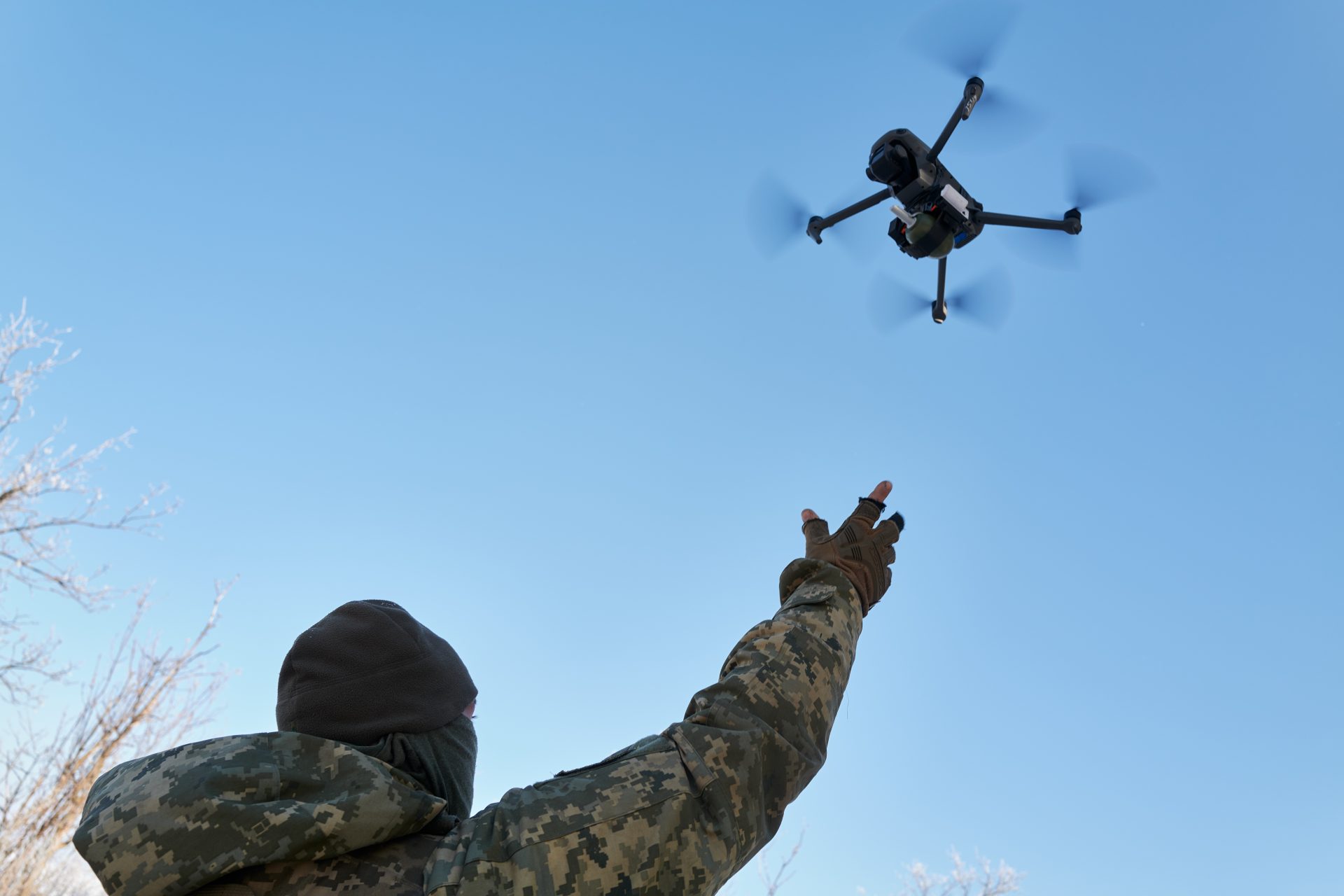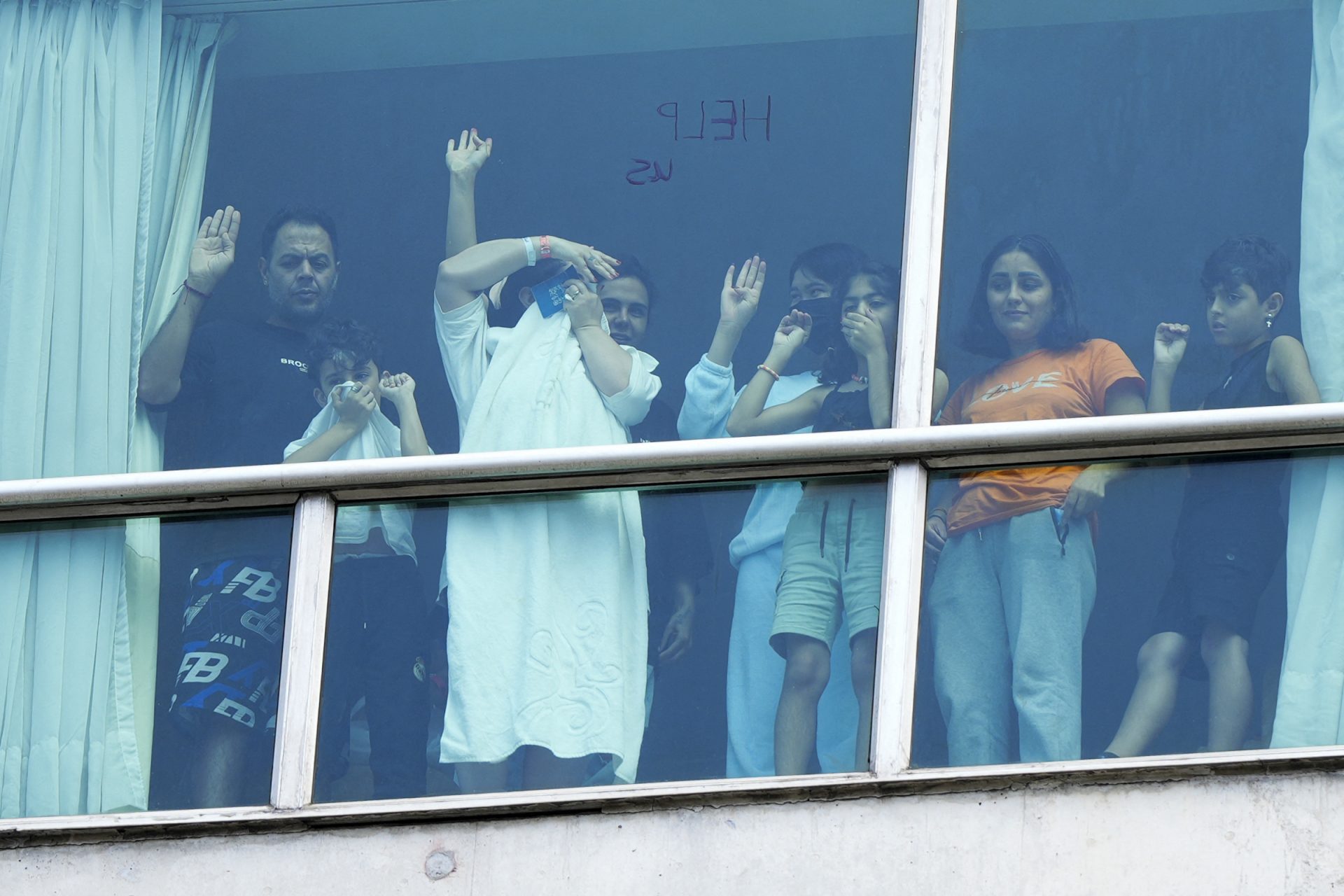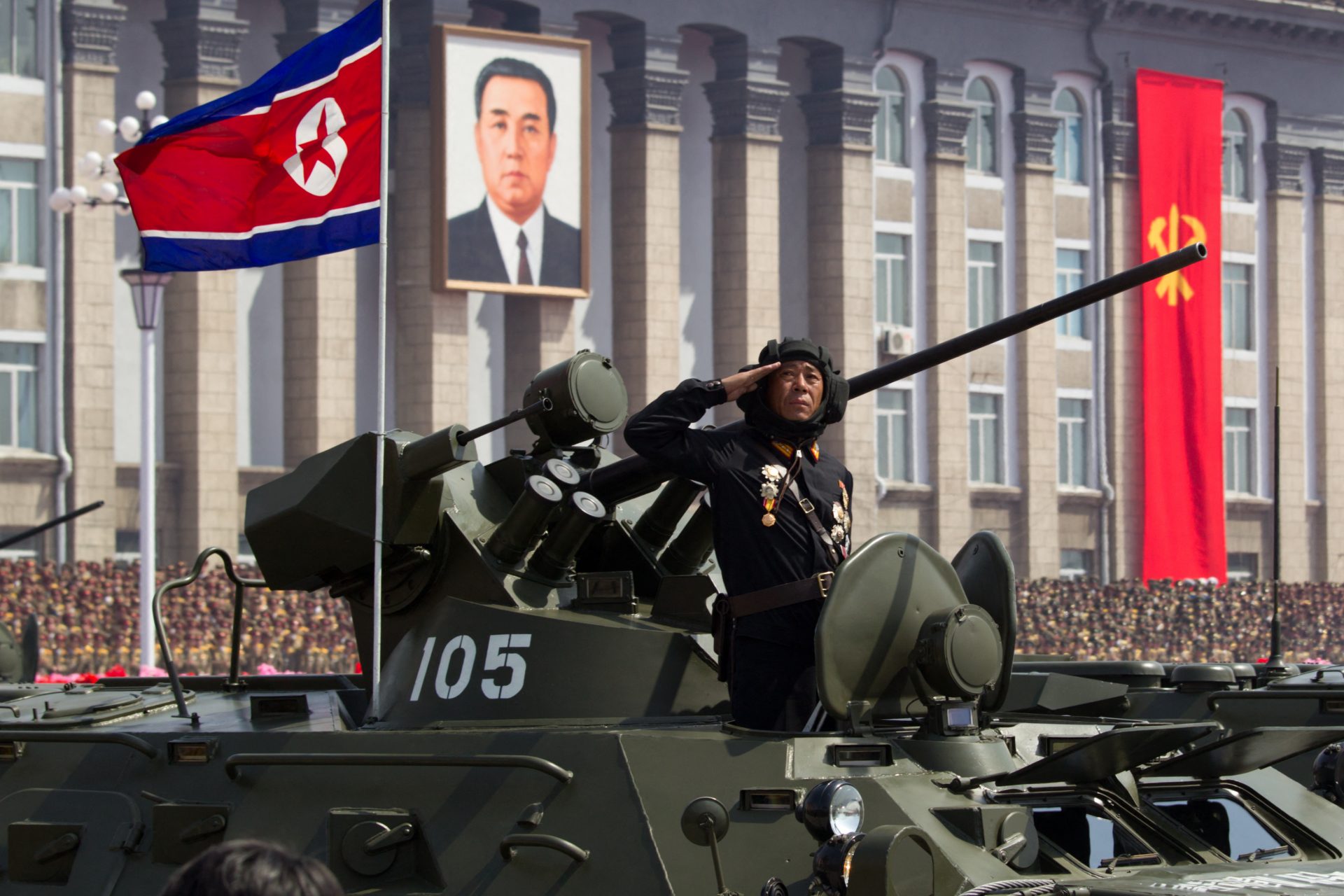Frontline Bravery: Ukrainian forces halted a Russian assault with anti-tank tactics
In October 2024, Ukrainian forces stopped a Russian armored attack with the help of anti-tank fortifications. Combat footage revealed the details of the battle and showed the effectiveness of modern defensive warfare.
Defensive weapons and tactics have become just as important as offensive systems like tanks and armored vehicles in the Ukraine conflict. However, it was an anti-tank obstacle known as dragon's teeth that proved essential to the battle footage from October 2024.
Dragon’s teeth are a pyramidal anti-tank defensive obstacle made from concrete. They helped to halt a Russian armored attack in the Kurakhove sector in October 2024 according to Militarnyi.
Footage of the incident was recorded and released by the Ukrainian forces that thwarted the attack. the footage showed just how effective dragon's teeth can be as a defensive tool and why they're such a prized weapon.
Photo Credit: Telegram @oaembr46
The Ukrainian 46th Separate Airmobile Brigade published what may be the best combat footage of dragon's teeth anti-tank obstacles in action in Ukraine. The Russian attack was stopped as it reached the obstacles.
Militarnyi reported that a Russian convoy was trying to break through fortifications set up by the 46th Separate Airmobile Brigade. However, the attack failed when the convoy couldn't make it through a line of dragon’s teeth.
Photo Credit: Telegram @oaembr46
Russian forces were trying to bypass a road in the area and attack Ukrainian forces via a field from occupied Maksymilianivka moving towards Kurakhove.
Photo Credit: Telegram @oaembr46
The Russian convoy was under artillery fire as it approached the dragon’s teeth obstacle line, which forced the lead element of the Russian assault to slow down and start shooting at the defense obstacles with its main gun.
Photo Credit: Telegram @oaembr46
Information published by the 46th Separate Airmobile Brigade alongside the video of the assault noted that a Russian convoy consisting of 5 BMP infantry fighting vehicles and two tanks attacked in the morning. The models of the vehicles were not identified.
Photo Credit: Telegram @oaembr46
Once the convoy was halted, Ukrainian drone operators started attacking the Russian convoy with first-person view (FPV) kamikaze drones. They targeted a tank firing at the line of dragon’s teeth and eventually stopped the attackers.
Photo Credit: Telegram @oaembr46
The 46th Separate Airmobile Brigade reported that four of the infantry fighting vehicles and two of the tanks in the attacking convoy were destroyed. However, that claim could not be independently verified.
Photo Credit: Telegram @oaembr46
Another Russian convoy consisting of two BMPs and a tank attacked the same area in the afternoon, all of which the 46th Separate Airmobile Brigade claimed were destroyed.
Photo Credit: Telegram @oaembr46
It is unclear from the video if the second Russian convey attack was included in the footage published by the 46th Separate Airmobile Brigade.
Photo Credit: Telegram @oaembr46
Dragon’s teeth are a useful defensive obstacle but Militarnyi pointed out that they only work well when there are friendly forces in the area under assault that can counterattack armored assaults on the barriers.
“If the fortifications do not have military personnel behind them to inflict damage on the enemy, the ‘dragon’s teeth’ will be ineffective,” Militarnyi explained. In the case of the attack in the video, Ukrainian forces were able to make successful use of the barriers.
Photo Credit: Telegram @oaembr46
Militarnyi noted that dragons' teeth and other anti-tank obstacles make passages through them difficult to clear for enemy forces, and added that these types of barriers are often also combined with wire barriers to create an effective defensive line.
“For effective defense, anti-tank bulwarks usually need to be partially buried in the ground. However, in the Russian-Ukrainian war, they are usually simply placed on the ground,” Militarnyi also explained.
It is unclear from the footage published by the 46th Separate Airmobile Brigade whether the dragon’s teeth in the video were buried or just placed in the area. However, they still seemed to prove effective regardless of how they were positioned.
Never miss a story! Click here to follow The Daily Digest.
Photo Credit: Telegram @oaembr46
More for you
Top Stories



